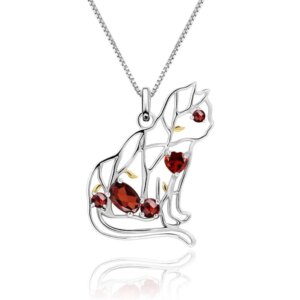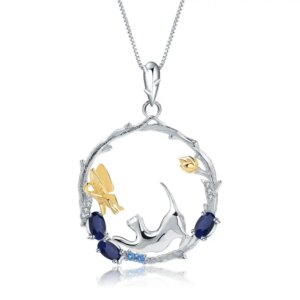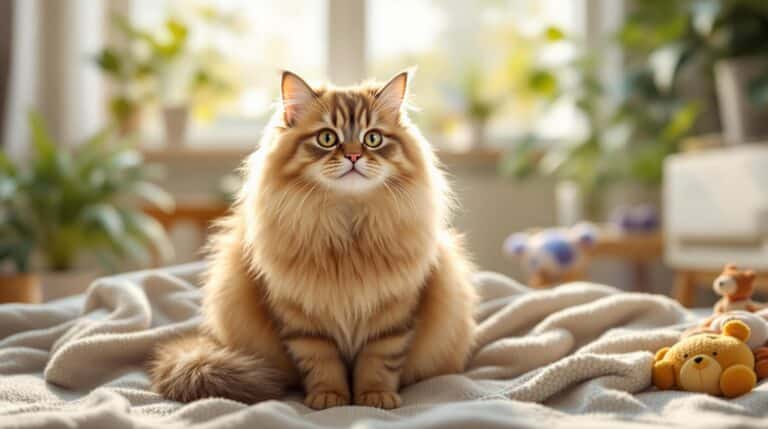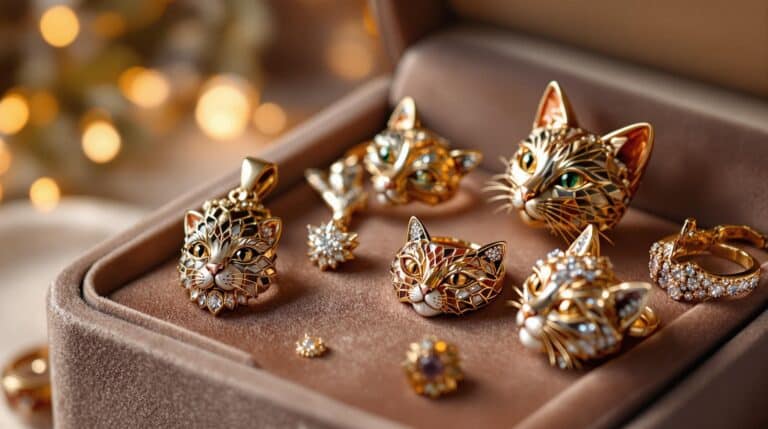Cats Nocturnal, we at Cat Karma Creations understand that cats are known for their nocturnal behavior, which can often lead to disturbances for their owners. This article explores the reasons behind cats’ night activity, offers tips for managing it, and provides insights into their natural instincts. By understanding why cats are active at night, you can create a more harmonious living environment for both you and your feline friend. Discover how to support your cat’s natural rhythms and enjoy peaceful nights.
Why Are Cats Nocturnal
Evolutionary Roots
Cats have a long history of being nocturnal. This behavior is deeply rooted in their evolutionary past. In the wild, cats have always been hunters, and their natural prey is more active at night. This has led to the development of enhanced night vision and other adaptations that make them efficient night hunters. Understanding these evolutionary roots can help owners better manage their cats’ nocturnal behavior.
Natural Instincts
The natural instincts of cats play a significant role in their nocturnal behavior. Cats are predators, and their instincts drive them to be active during the times when their prey is most vulnerable. This means that they are naturally more alert and energetic during the night. Owners should recognize these instincts and provide appropriate outlets for their cats to express these behaviors in a safe and controlled manner. For example, you can offer toys that mimic hunting, such as the Cat Pose Yoga Block, which can help channel their energy.
Hunting Behavior
Cats being nocturnal is closely tied to their hunting behavior. In the wild, cats use the cover of darkness to stalk and catch their prey. Even domestic cats retain these hunting instincts. At night, they may exhibit behaviors such as prowling, stalking, and pouncing, which are all part of their natural hunting routine. Providing toys and activities that simulate hunting can help channel their energy and reduce nighttime disturbances. Our Exquisite Silver Cat Earrings can be a perfect gift for cat lovers who appreciate this natural instinct.
Common Cats Nocturnal Behaviors
Prowling and Exploring
One of the most common cats nocturnal behaviors is prowling and exploring. At night, cats often roam around their environment, investigating new smells and sounds. This behavior is driven by their curiosity and natural hunting instincts. Owners can create a safe and stimulating environment for their cats to explore by providing hiding spots, vertical spaces, and interactive toys. For instance, the Stylish Cat Lover Necklaces can be a great way to celebrate your cat’s adventurous spirit.
Hunting and Stalking
Hunting and stalking are integral parts of a cat’s nocturnal routine. Even though domestic cats don’t need to hunt for food, they still engage in these behaviors. Owners can provide opportunities for their cats to practice hunting by using toys that mimic prey, such as feather wands and laser pointers. This can help satisfy their natural instincts and reduce the likelihood of disruptive night activity. Consider our Mystic Topaz Cat Set as a beautiful reminder of your cat’s hunting prowess.
Playing and Exercising
Playing and exercising are other common cats nocturnal activities. At night, cats are often full of energy and may engage in vigorous play sessions. This is a good time for owners to interact with their cats and provide mental and physical stimulation. Engaging in play sessions before bedtime can help tire out the cat and promote a more restful night for both the cat and the owner. Our Wrap Around Cat Ring is a stylish accessory for cat lovers who enjoy these playful moments.
Managing Night Activity in Cats
Establishing a Night Routine
Establishing a consistent night routine can help manage a cat’s nighttime activity. Cats thrive on routine, and having a set schedule can help them understand when it’s time to wind down. Activities such as feeding, playtime, and grooming can be incorporated into the evening routine to signal the start of the night. This can help reduce the likelihood of disruptive behavior during the night. For example, you can end the day with a relaxing session using our Meditation Cushion with Cat Design.
Providing Nighttime Entertainment
Providing engaging nighttime entertainment can keep cats occupied and reduce disturbances. Interactive toys, puzzle feeders, and scratching posts can provide mental and physical stimulation. Owners can also create an environment that encourages natural behaviors, such as climbing and exploring. This can help channel the cat’s energy into productive activities and promote a more peaceful night. Our Elegant Cat Brooch can be a perfect gift for someone who appreciates these moments.
Creating a Safe Environment
Creating a safe environment is crucial for managing a cat’s night activity. Cats should have access to a designated space where they can roam and play without causing disturbances. This space should be free from hazards and have appropriate places for the cat to rest and hide. Ensuring that the cat has a comfortable and secure environment can help reduce stress and promote better sleep. For instance, you can create a cozy corner with our Charming Cat Brooch.
Using Environmental Adjustments
Environmental adjustments can be effective in managing a cat’s nocturnal behavior. Simple changes such as adjusting the lighting, providing a comfortable bed, and using calming pheromone sprays can help create a more relaxing atmosphere. Owners can also use white noise machines or soft music to mask outside sounds and create a soothing environment. These adjustments can help reduce the cat’s activity levels and promote a more restful night. Consider our Lovely Peridot Crystal Cat Necklace as a gift for someone who values a peaceful night.
Understanding Cat Night Sounds
Meowing and Purring
Cats and night sounds often include meowing and purring. Cats may meow to communicate with their owners or to express their needs. Purring can indicate contentment or can be a sign of distress. Understanding the context of these sounds can help owners address any underlying issues and provide appropriate care. If a cat is meowing excessively, it may be a good idea to consult with a veterinarian to rule out any health concerns. Our Enchanting Cat and Butterfly Gemstone Necklace can be a beautiful way to show your love for your cat.
Scratching and Chewing
Cat night activity can also involve scratching and chewing. Cats may engage in these behaviors to mark their territory or to relieve stress. Providing appropriate scratching posts and chew toys can help redirect these behaviors and reduce damage to furniture and other household items. Owners should also ensure that their cats have access to a variety of textures and materials to satisfy their natural instincts. Our Paw Print Charm Bracelet can be a perfect gift for someone who appreciates these natural behaviors.
Squeaking and Running
Squeaking and running are other common cat night sounds. These sounds can be caused by a variety of factors, including play, exploration, and hunting. Cats may squeak when they are excited or when they are playing with toys. Running around the house can be a sign of high energy levels or a desire to explore. Owners can manage these behaviors by providing a stimulating environment and engaging in play sessions before bedtime. Our Elegant Amethyst Bird Earrings can be a beautiful addition to your collection.
| Feature | Cats | Dogs | Rabbits | Hamsters |
|---|---|---|---|---|
| Nocturnal Behavior | Highly nocturnal | Less nocturnal | Crepuscular | Nocturnal |
| Night Activity Level | High | Low to moderate | Moderate | High |
| Night Sounds | Meowing, purring | Barking, whining | Chewing, scratching | Squeaking, running |
| Night Vision | Excellent | Good | Good | Good |
Popular Quote
“Cats are a mysterious, tranquil wonder, a living ornament, a being both within and beyond us.” – Paul Gallico
Statistical Fact
According to a study by the American Veterinary Medical Association, approximately 60% of cat owners report that their cats exhibit some form of nocturnal behavior. This statistic underscores the importance of understanding and managing these behaviors to ensure a harmonious living environment. (Source: American Veterinary Medical Association)
Three Tips for Managing Nocturnal Behavior
- Interactive Playtime: Engage your cat in interactive play sessions before bedtime to tire them out and reduce nighttime activity. Use toys like the Cat Pose Yoga Block to simulate hunting and provide mental stimulation.
- Consistent Feeding Schedule: Establish a consistent feeding schedule, with the last meal of the day provided a few hours before bedtime. This can help regulate your cat’s energy levels and reduce the likelihood of disruptive night activity.
- Safe and Stimulating Environment: Create a safe and stimulating environment for your cat to explore at night. Provide hiding spots, vertical spaces, and interactive toys to keep them engaged and reduce stress. Consider our Elegant Cat Brooch as a gift for someone who appreciates these moments.
Popular Questions About Cats’ Nocturnal Behavior
- Why do cats meow at night? Cats may meow at night to communicate with their owners or to express their needs. They might be seeking attention, food, or simply trying to interact. Understanding the context of their meowing can help address any underlying issues.
- How can I stop my cat from scratching furniture at night? Provide appropriate scratching posts and toys to redirect your cat’s scratching behavior. You can also use deterrents like double-sided tape or sprays to make furniture less appealing. Our Paw Print Charm Bracelet can be a perfect gift for someone who appreciates these natural behaviors.
- Is it normal for cats to be active at night? Yes, it is normal for cats to be active at night due to their natural hunting instincts and evolutionary roots. However, you can manage their activity levels by providing a stimulating environment and a consistent night routine.
Final Thoughts About cats nocturnal
Understanding and managing your cat’s nocturnal behavior can lead to a more peaceful and enjoyable living environment. By providing a night routine, engaging activities, and a safe space, you can support your cat’s natural instincts while minimizing disturbances. If you have any questions or need further assistance, feel free to contact us at our contact form or explore our range of cat-themed gifts and jewelry at Cat Karma Creations. You can also follow us on Facebook and Instagram for more tips and inspiration.
- Understand the natural instincts that drive cats to be active at night.
- Create a night routine that aligns with your cat’s natural rhythms.
- Provide engaging nighttime activities to keep your cat occupied and reduce disturbances.
- Ensure your home is cat-friendly and safe for night prowling.
- Use environmental adjustments to manage night sounds and disturbances.
- Consider training techniques to modify excessive night activity.

















